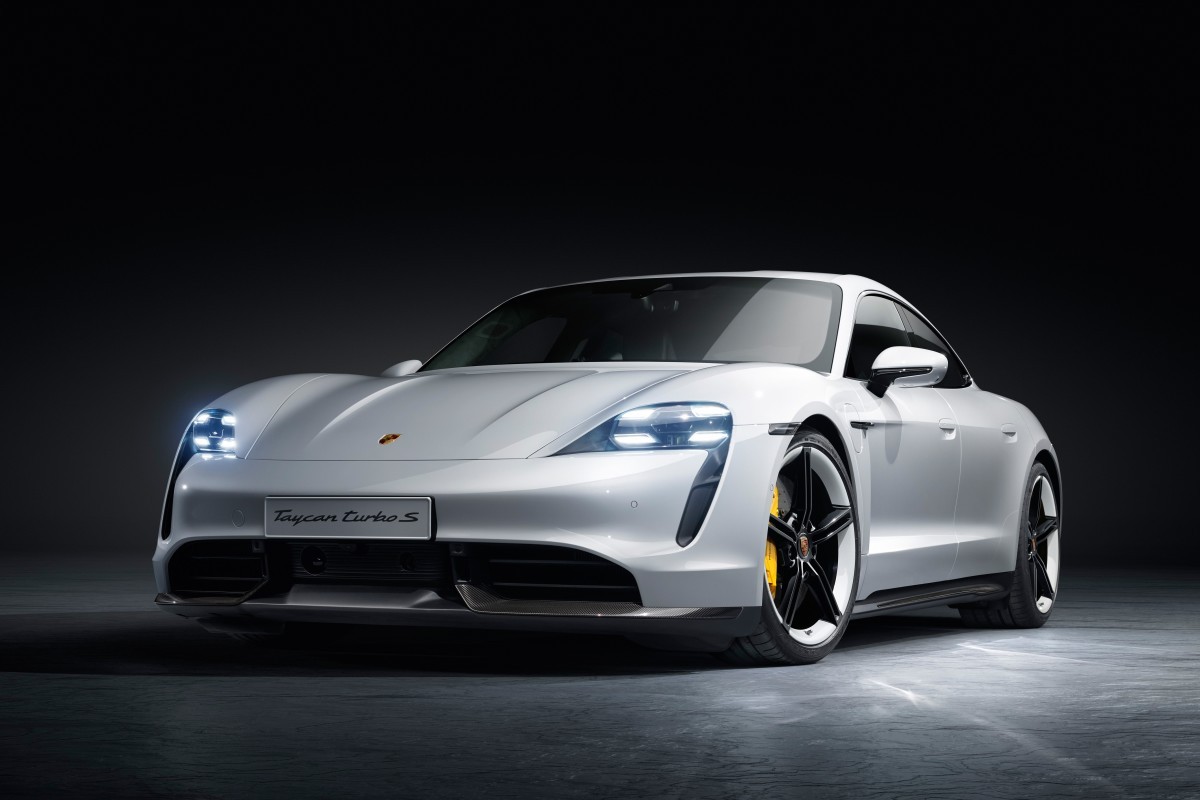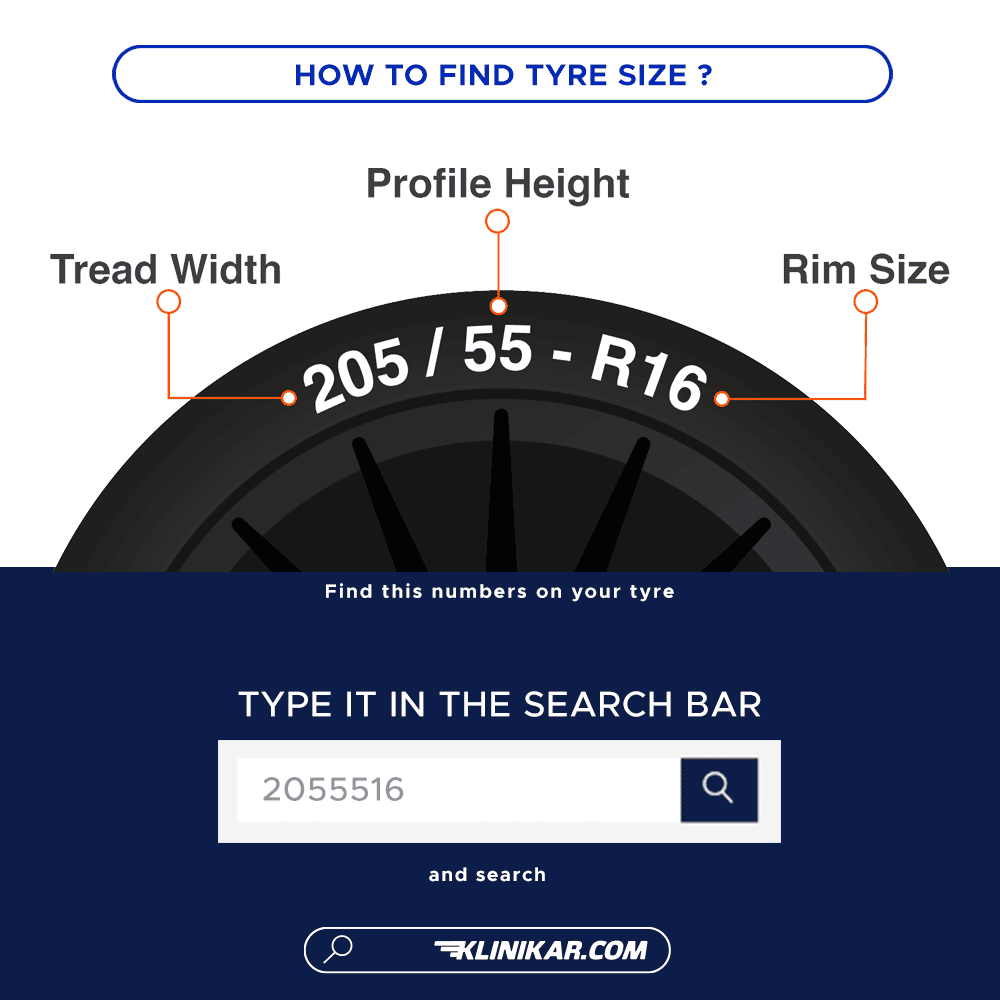
Taycan Turbo | The new hope of the electrical age

Looking back over the past 20 years, Porsche has never failed on a new front: the Boxster, Cayenne, Panamera, and Macan, has always been a bestseller — in other words, with every new Porsche, expectations have been raised, to some degree.
In an era when people are using Tesla as the benchmark for electric car performance, the news that Porsche is going to re-build an electric car is going to make the anticipation one step further.
Porsche fans will tell you, like missionaries, that the Porsche family figured out the secret between battery and motor a century ago, and built the world’s first all-wheel-drive electric model with hub motors, and ran races on them. No one understands electric sports cars better than Porsche.



Need to the prior statement is, of course, even if Porsche leverages the ceiling of the entire industry, let musk outraged at the Nurburgring ring, but it still relies on lithium battery-powered vehicles, Taycan still restricted to the bottleneck of existing technology It is inevitable to face up to every electric cars to face problems range charging time and vehicle weight may allow solid-state batteries to trim 400kg off a next-generation Taycan with the same power output and range, but that’s another five to seven years away

Now, we’re having in the Taycan Turbo is a lot of work that Porsche has done over the past six, if not sixty years.





Between the two electric-powered axles, Taycan Turbo carries a 93.4kWh lithium-ion battery pack, when fully charged it can run a 500kW motor for 450 kilometers without a break.
There are, of course, faster and longer electric cars out there than the Taycan Turbo, but there’s no denying It was Taycan that made the electric car, for the first time, a true automobile — a mechanical companion capable of meeting the demands of heavy urban commuting and human’s domineering driving desires, as well as being loyal to beauty and style
Before that, electric cars were just another fashionable home appliance
Taycan itself has a meticulous and precise calculation method, according to the energy levels in the past, combined with the power needs of the present, to estimate a relatively accurate range, the dynamic numerical way to display on the dashboard So every time you request for the use of power, will be an immediate reaction on the range of values.
For example, when the glass fogs up, you need to activate the air conditioner’s defogging function. The moment you press the defogging button, the Taycan’s on-screen range decreases by 50 kilometers. It’s a little scary This means that activate the air conditioner mist this operation.
For the average electric vehicle user, stepping on the brake has been a gradually degrading driving action. When they come to Taycan, it is actually difficult to get them not only to step on the brake but also to find enough force. So the core of the problem becomes: where is the initial braking force of Taycan’s brake pedal.
In fact, even when you press the brake pedal, the Taycan relies on a 265kW kinetic energy recovery system for 90% of its daily braking. The powerful 10-piston calipers on the front wheels of the Taycan Turbo only allow the brake pads to bite the brake disc when braking force demand exceeds kinetic energy recovery Is this why Porsche comes standard with a tungsten carbide coating on cast iron brake discs to prevent them from rust from too little friction.



What do you think about the new Porsche Taycan?

